A Wild Ride Will Get Even Wilder
Increasing market volatility isn't necessarily a bad thing. Just be prepared for it.

We interviewed Geoff Considine, who provides portfolio-management software to advisers and others through his Boulder, Colo., firm, Quantext.
Stock-market volatility seems out of control. What is the Volatility Index, also known as the fear index, and what can it tell us about our investments?
The VIX measures movements in prices of options on the S&P 500 that are going to expire soon. It's just a number -- the higher it is, the higher people expect volatility to be.
From just $107.88 $24.99 for Kiplinger Personal Finance
Become a smarter, better informed investor. Subscribe from just $107.88 $24.99, plus get up to 4 Special Issues

Sign up for Kiplinger’s Free Newsletters
Profit and prosper with the best of expert advice on investing, taxes, retirement, personal finance and more - straight to your e-mail.
Profit and prosper with the best of expert advice - straight to your e-mail.
A disciplined investor who is willing to stick with a well-designed portfolio for the long haul does not need to pay attention to the VIX. The problem is that people are rarely that disciplined, and they come up on deadlines when they know they'll need to pull money out of the market. Volatility just means uncertainty -- the uncertainty that you'll earn an expected return. You could earn more or less, but uncertainty on the downside is what we worry about. Risk and volatility are interchangeable.
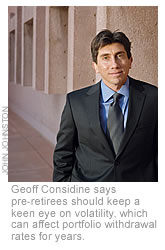
What's the VIX telling us now?
It has gone up a great deal since spring, when it was hanging out in the 10 to 12 range -- about as low as it gets. People were getting comfortable with the fact that they could invest more aggressively, and nothing bad ever happened. But now the VIX is up, between 20 and 25, which could correspond to market losses of 1.6% at least one day a month. Some people will find they're holding portfolios not suitable for them. I don't think most investors know how risky their portfolios are.
How can you protect yourself?
Look for stocks that are less responsive to market moves. Some examples are Anheuser-Busch (BUD), Aflac (AFL), PepsiCo. (PEP), Procter & Gamble (PG) and Public Service Enterprise Group (PEG). On the other hand, until recently, emerging markets had been running at lower levels of volatility. They've been risky all along, but with overall volatility so suppressed, we haven't seen it. The ride can get very bumpy as volatility returns.
Will the market become even more jumpy?
The VIX could go a good bit higher. During the tech wreck of the last bear market, the VIX cracked 40. It could easily get up to 40 within a year -- or within six months. That could correspond to losses of nearly 3% at least once a month.
Profit and prosper with the best of Kiplinger's advice on investing, taxes, retirement, personal finance and much more. Delivered daily. Enter your email in the box and click Sign Me Up.

Anne Kates Smith brings Wall Street to Main Street, with decades of experience covering investments and personal finance for real people trying to navigate fast-changing markets, preserve financial security or plan for the future. She oversees the magazine's investing coverage, authors Kiplinger’s biannual stock-market outlooks and writes the "Your Mind and Your Money" column, a take on behavioral finance and how investors can get out of their own way. Smith began her journalism career as a writer and columnist for USA Today. Prior to joining Kiplinger, she was a senior editor at U.S. News & World Report and a contributing columnist for TheStreet. Smith is a graduate of St. John's College in Annapolis, Md., the third-oldest college in America.
-
 AI Appliances Aren’t Exciting Buyers…Yet
AI Appliances Aren’t Exciting Buyers…YetThe Kiplinger Letter Artificial intelligence is being embedded into all sorts of appliances. Now sellers need to get customers to care about AI-powered laundry.
-
 Ask the Editor: IRAs, 401(k)s and RMDs
Ask the Editor: IRAs, 401(k)s and RMDsAsk the Editor In this week's Ask the Editor Q&A, Joy Taylor answers questions on IRAs, 401(k)s and required minimum distributions
-
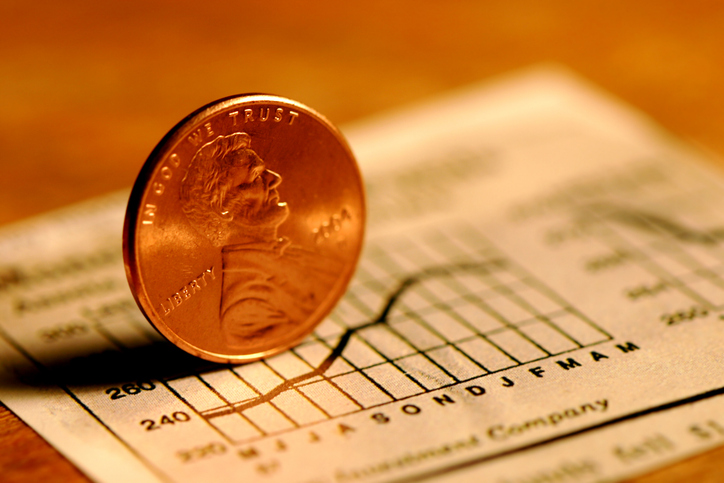 Got $100 to Gamble? These Penny Stocks Could Be Worth the Ride
Got $100 to Gamble? These Penny Stocks Could Be Worth the RideVolatile penny stocks are high-risk plays with potentially high rewards. If you have $100 you can afford to lose, these three names are worth a look.
-
 What the Rich Know About Investing That You Don't
What the Rich Know About Investing That You Don'tPeople like Warren Buffett become people like Warren Buffett by following basic rules and being disciplined. Here's how to accumulate real wealth.
-
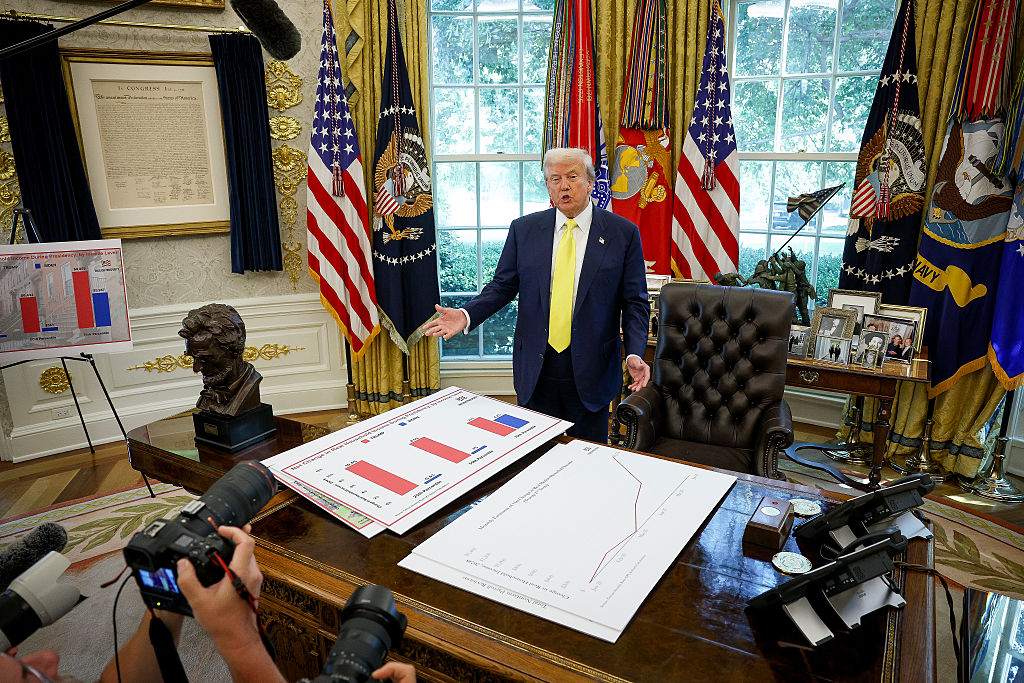 How to Invest for Rising Data Integrity Risk
How to Invest for Rising Data Integrity RiskAmid a broad assault on venerable institutions, President Trump has targeted agencies responsible for data critical to markets. How should investors respond?
-
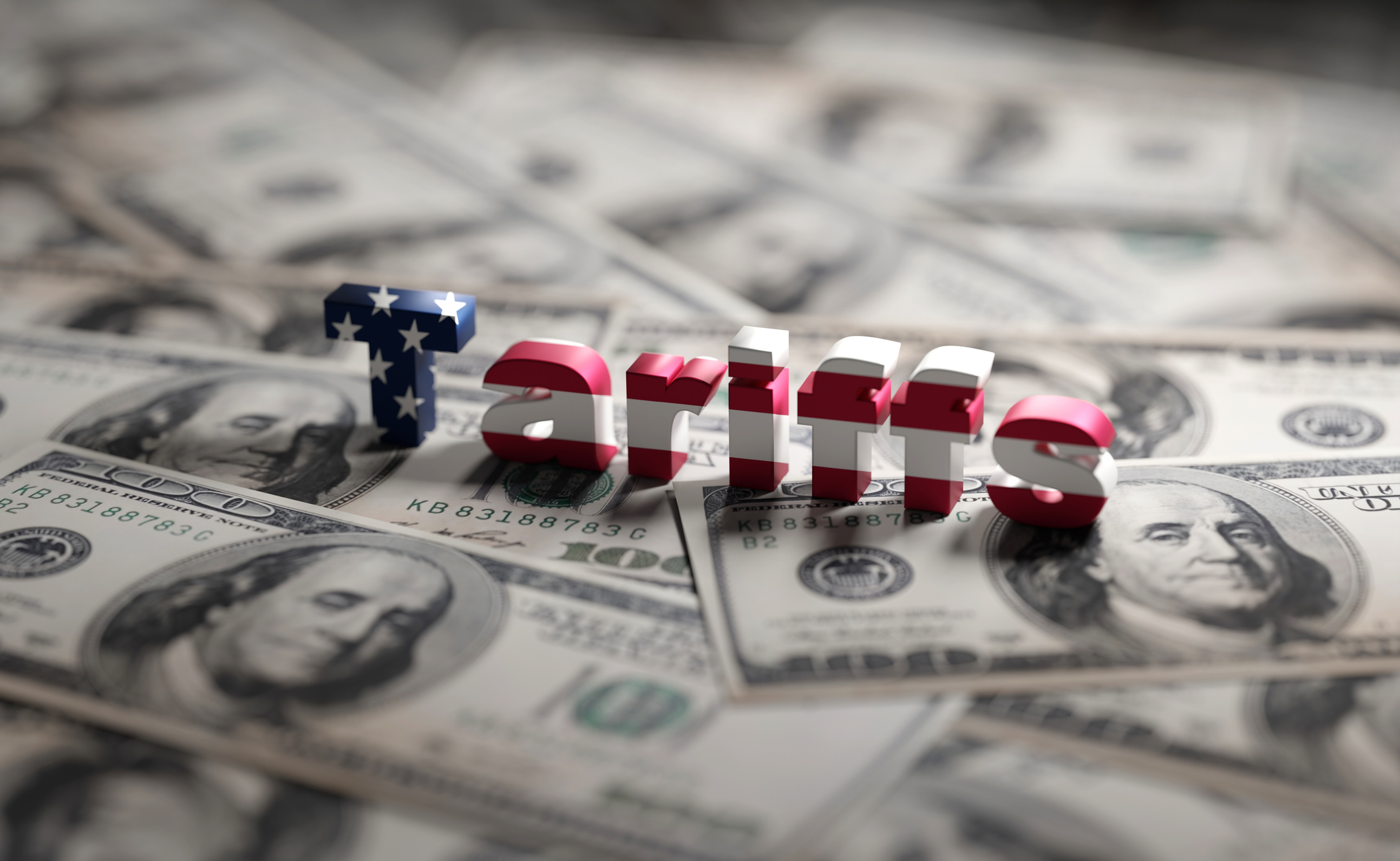 What Tariffs Mean for Your Sector Exposure
What Tariffs Mean for Your Sector ExposureNew, higher and changing tariffs will ripple through the economy and into share prices for many quarters to come.
-
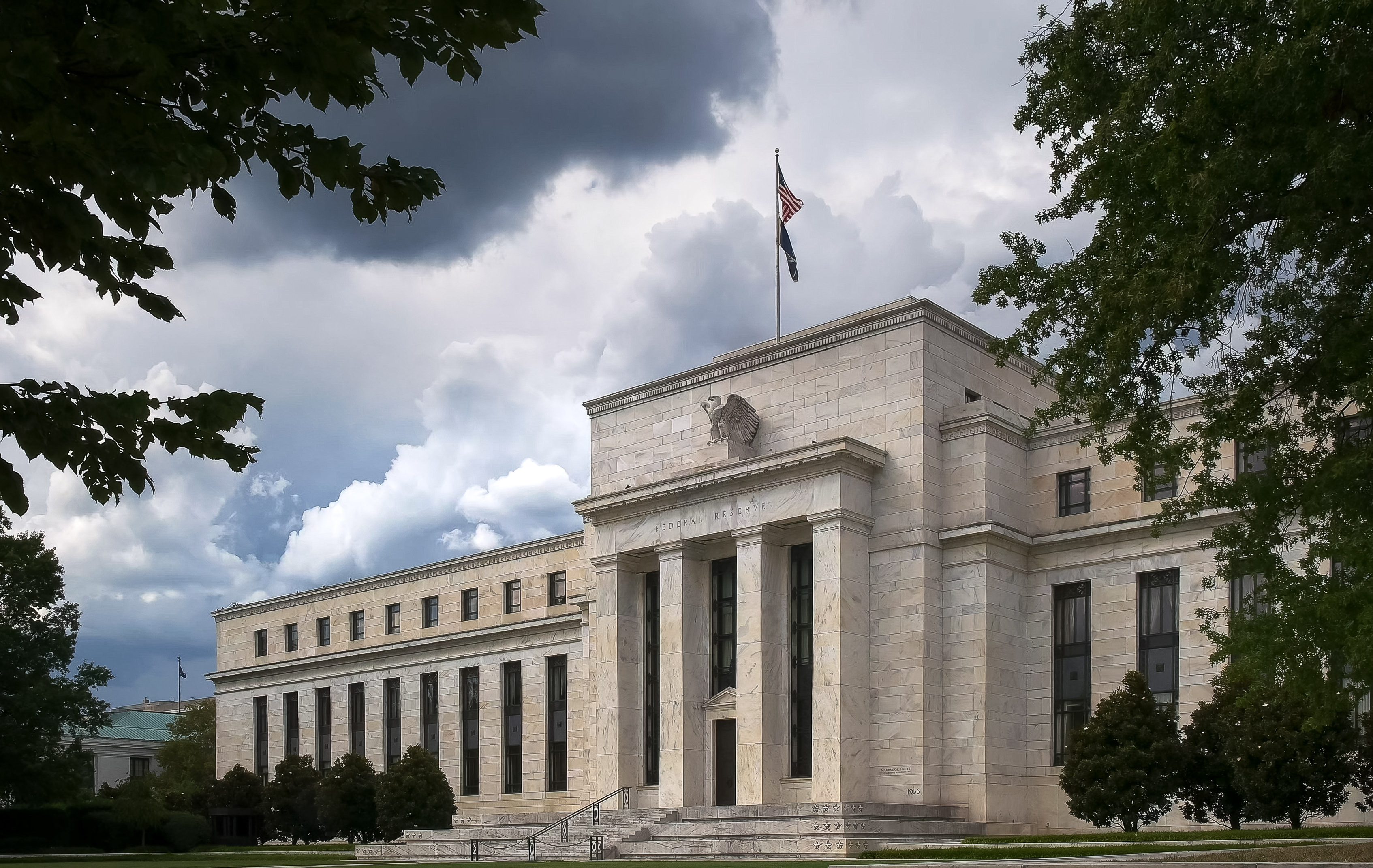 How to Invest for Fall Rate Cuts by the Fed
How to Invest for Fall Rate Cuts by the FedThe probability the Fed cuts interest rates by 25 basis points in October is now greater than 90%.
-
 Are Buffett and Berkshire About to Bail on Kraft Heinz Stock?
Are Buffett and Berkshire About to Bail on Kraft Heinz Stock?Warren Buffett and Berkshire Hathaway own a lot of Kraft Heinz stock, so what happens when they decide to sell KHC?
-
 How the Stock Market Performed in the First 6 Months of Trump's Second Term
How the Stock Market Performed in the First 6 Months of Trump's Second TermSix months after President Donald Trump's inauguration, take a look at how the stock market has performed.
-
 Fed Leaves Rates Unchanged: What the Experts Are Saying
Fed Leaves Rates Unchanged: What the Experts Are SayingFederal Reserve As widely expected, the Federal Open Market Committee took a 'wait-and-see' approach toward borrowing costs.
-
 Fed Sees Fewer Rate Cuts in 2025: What the Experts Are Saying
Fed Sees Fewer Rate Cuts in 2025: What the Experts Are SayingFederal Reserve The Federal Reserve cut interest rates as expected, but the future path of borrowing costs became more opaque.